What is the status of our bodies in the digitised world? ‘Useless Bodies?’ by Elmgreen & Dragset, a contemporary art exhibition at Fondazione Prada in Milan, opened a discussion on various themes related to our physical presence in the post-pandemic world. A world that is increasingly dependent on technology, where communication happens on screens via 2D imagery. This transformation is currently affecting all spheres of our life from daily interactions to workspaces to the wellness industry. In what ways could it influence our homes and interior design, now and in the future? Find out more about ‘Useless Bodies?’ by reading my highlights from this thought-provoking exhibition.
Site-specific installations at Fondazione Prada
Ever since it opened its doors in 2015, Fondazione Prada acts like a magnet for anyone interested in contemporary art and architecture. The post-industrial complex in the south of Milan, designed by Rem Koolhaas, regularly invites artists to create site-specific installations on its grounds. This time they invited a Scandinavian art duo, Elmgreen & Dragset. The artists transformed spaces of 3 buildings within the complex as well as Fondazione’s courtyard. As I found out, the interaction between artworks, architecture and the public was vital in creating new layers of meaning related to theme of ‘Useless Bodies?’.
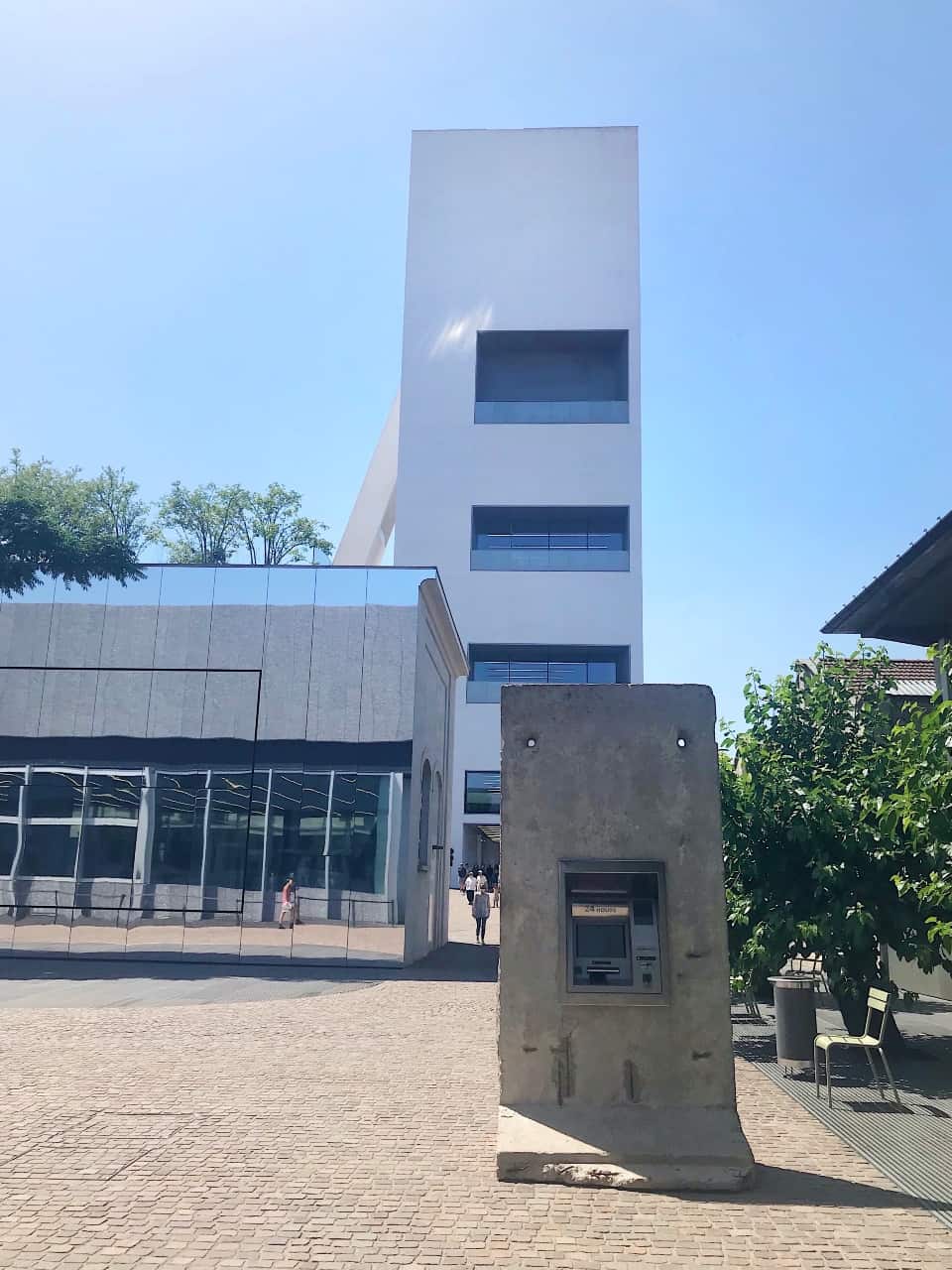
Sculpture, representation and the workspace
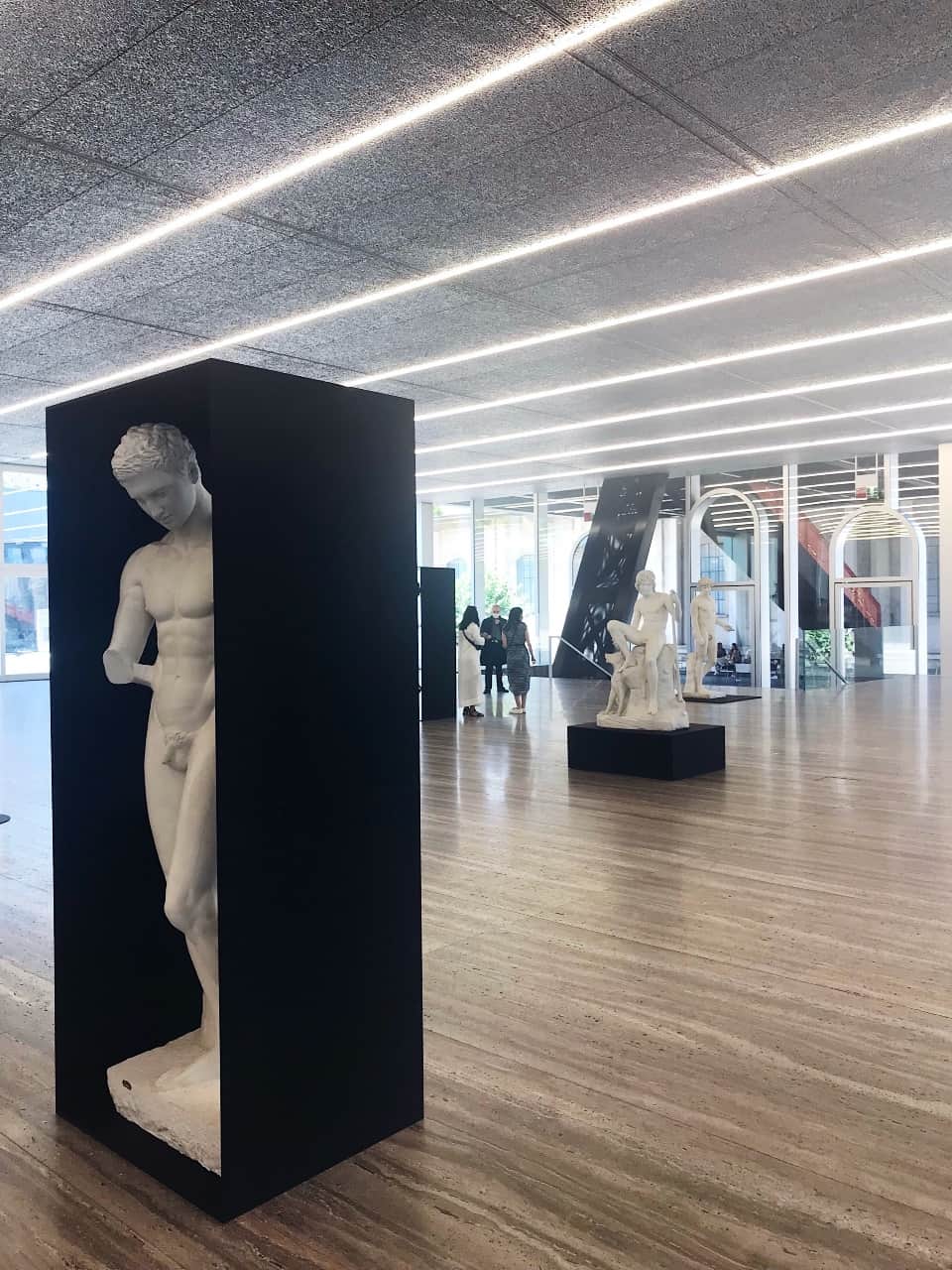
The first exhibition venue, on the lower level of the Podium, focused on figurative sculptures of the past and present. The ancient marble figures of gods and heroes mixed with neoclassical statues and postmodern sculptures by Elmgreen & Dragset. In this way the artists created a contrast between representation of masculine body in the past and new ways of representing “masculinity”. These include repressed feelings of fear, loneliness and confusion.
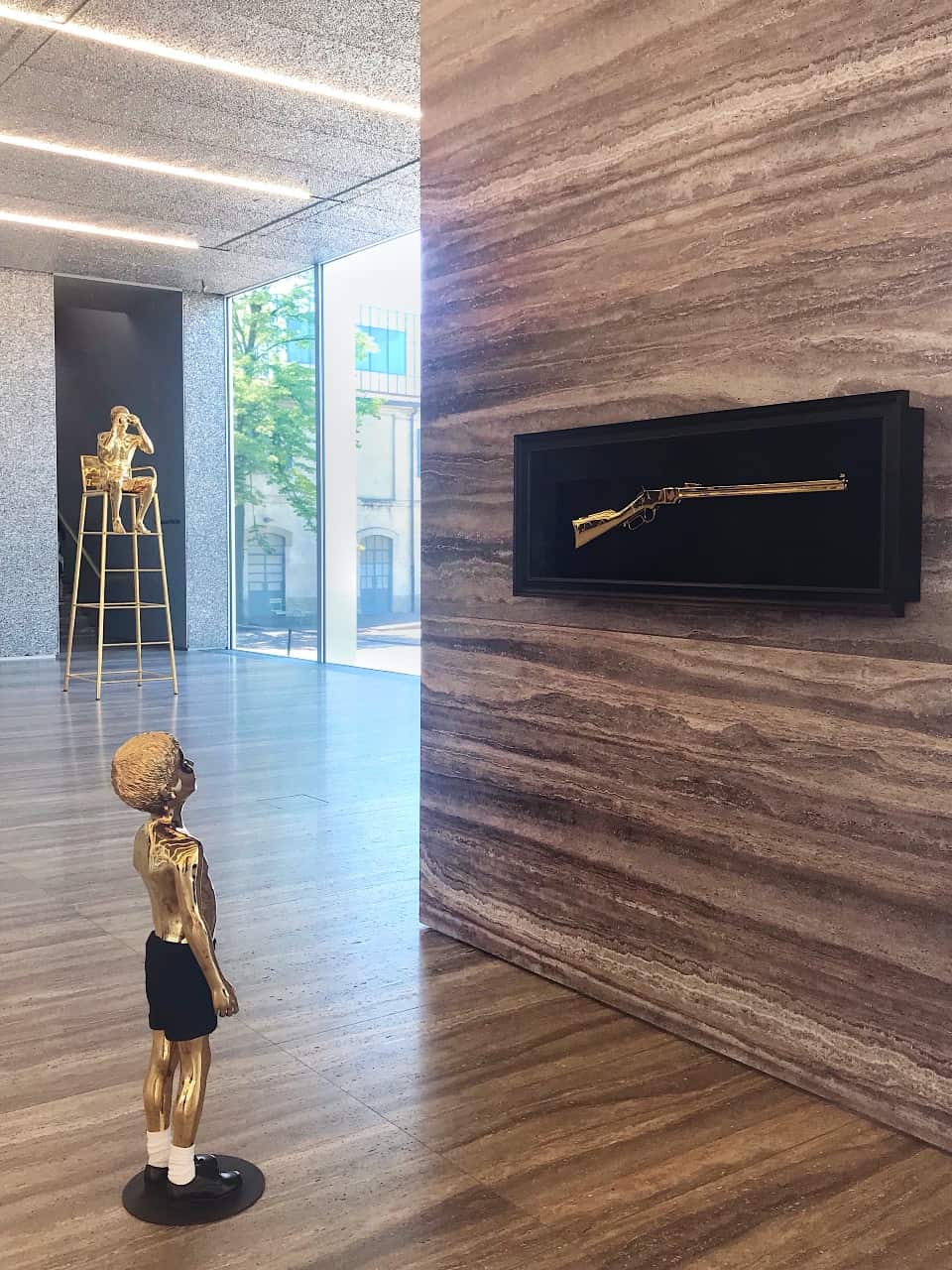
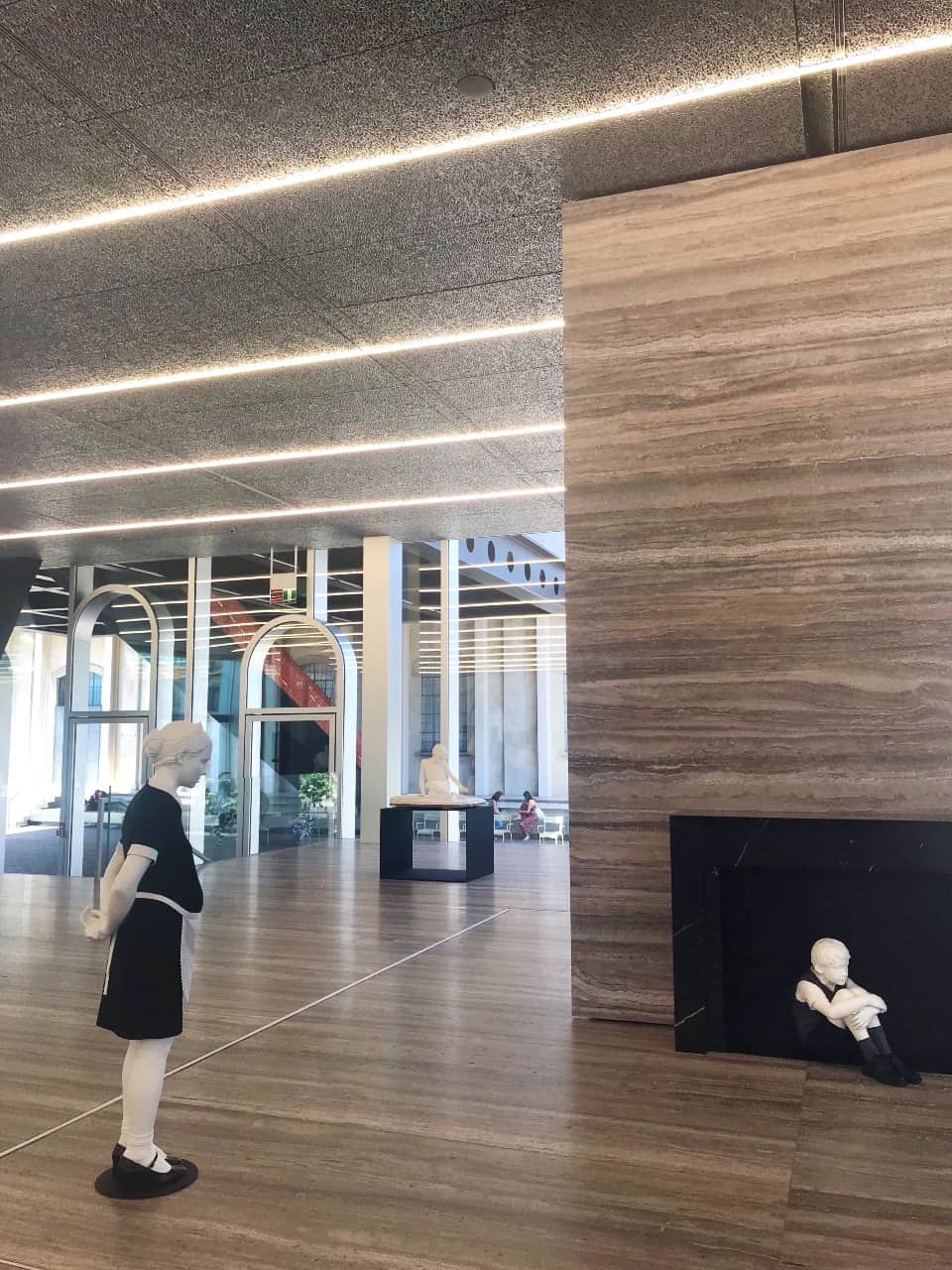
The upper level of the Podium, in my opinion the most striking part of the exhibition, hosted the ‘Garden of Eden’ installation. Rows of abandoned office desks reminded me of the pandemic home office arrangements, yet the creation of this artwork preceded Covid. I viewed it as a response to the changing nature of work that is now becoming digitalised and impersonal. As such it doesn’t demand physical presence of the body.
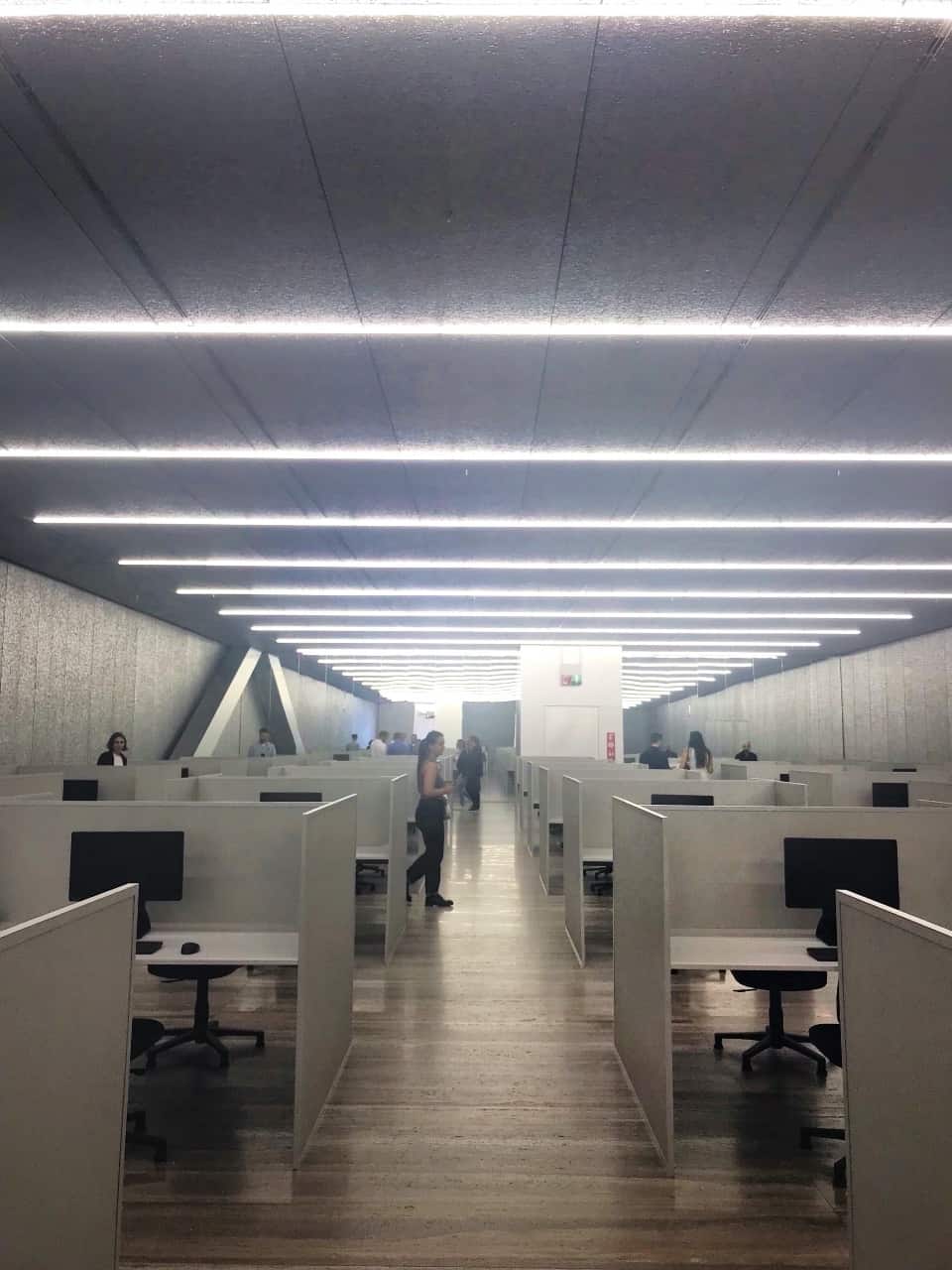
‘Useless Bodies?’ and interior design
The second space of the exhibition, the Nord Gallery, invited viewers to explore a futuristic home environment. At first glance, the curated interior looked sleek and minimal, full of artefacts: artworks and design objects. Yet, none of them seemed to be created with comfort in mind. After a while, this home scenario came out as disturbingly clinical, even dehumanised. What did it say about the current interior design trends?
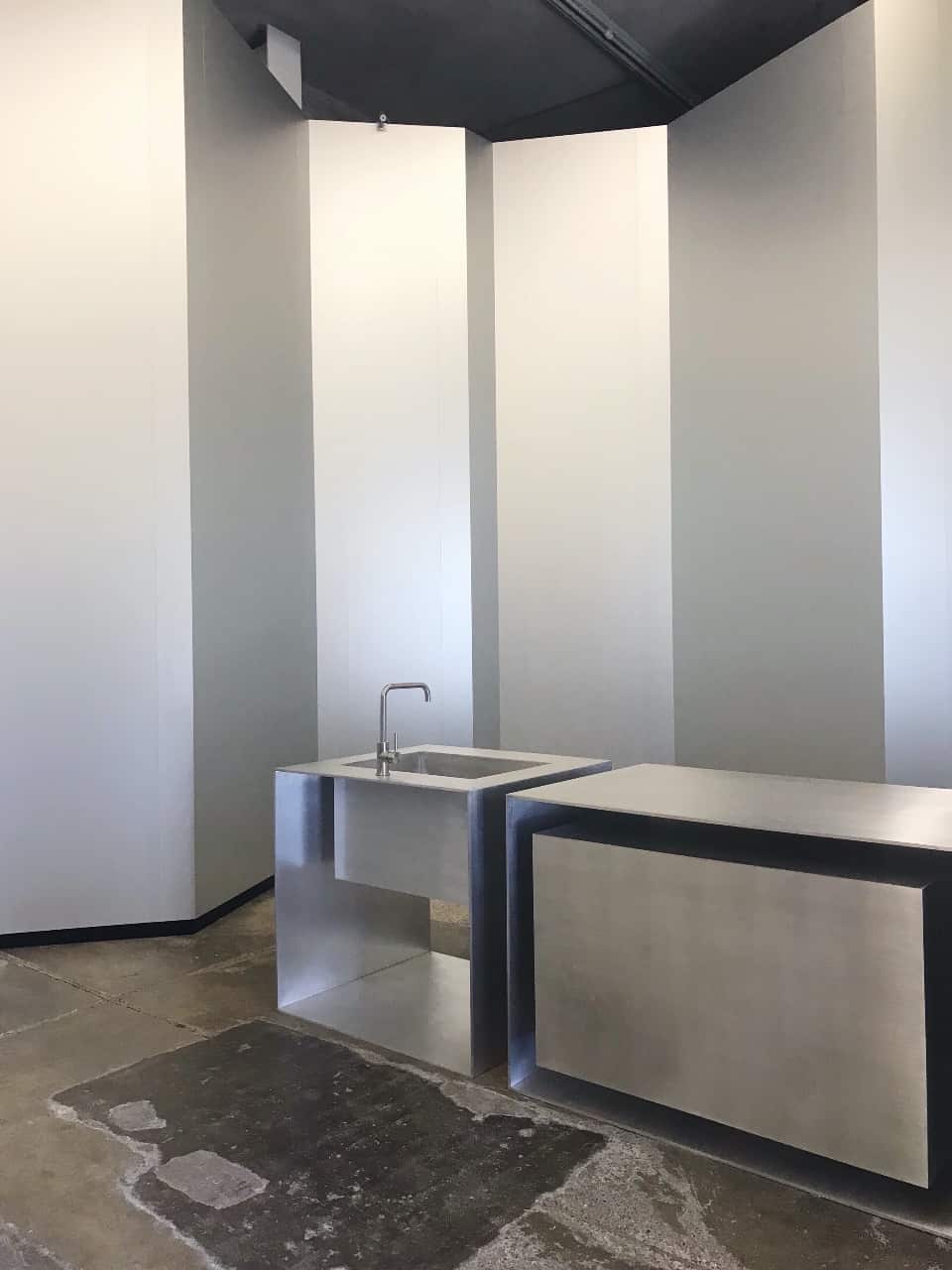
Ironically, it is Salone del Mobile, a world-famous design fair, that helped to build Milan’s reputation as a design capital. But here ‘Useless Bodies?’ drew my attention to what our future homes could look like if design forgets about the needs of a human body. With so much of our lives shared online these days, the image-friendly quality of home decor has already started to be prioritised above anything else. In this sense, the Nord Gallery is like a mirror reflecting back our own attitudes to design.
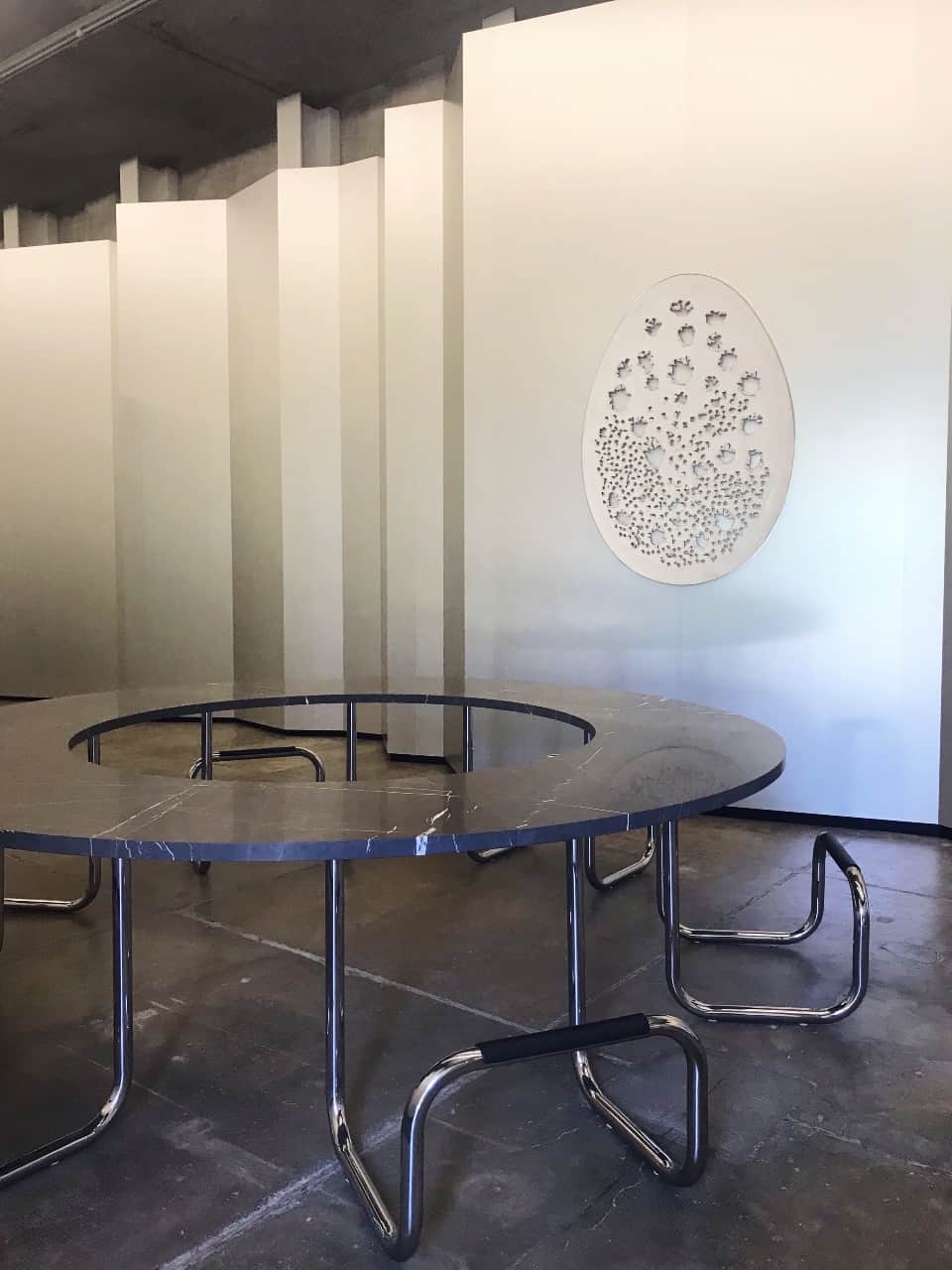
The cult of a “perfect” body
After the workspace and home, the third part of the exhibition, housed in the Cisterna building, investigated the role of the wellness and beauty industries. Curiously, even if the body is disappearing from the real world (like from the physical workspace), there’s still pressure to conform to the ideals dictated by these industries and the media. The hyper-realist male body lying on a message bench was a methaphor of this obsession. In the past, the human body mainly produced goods, now it consumes services supplied by beauty brands and fitness gurus.
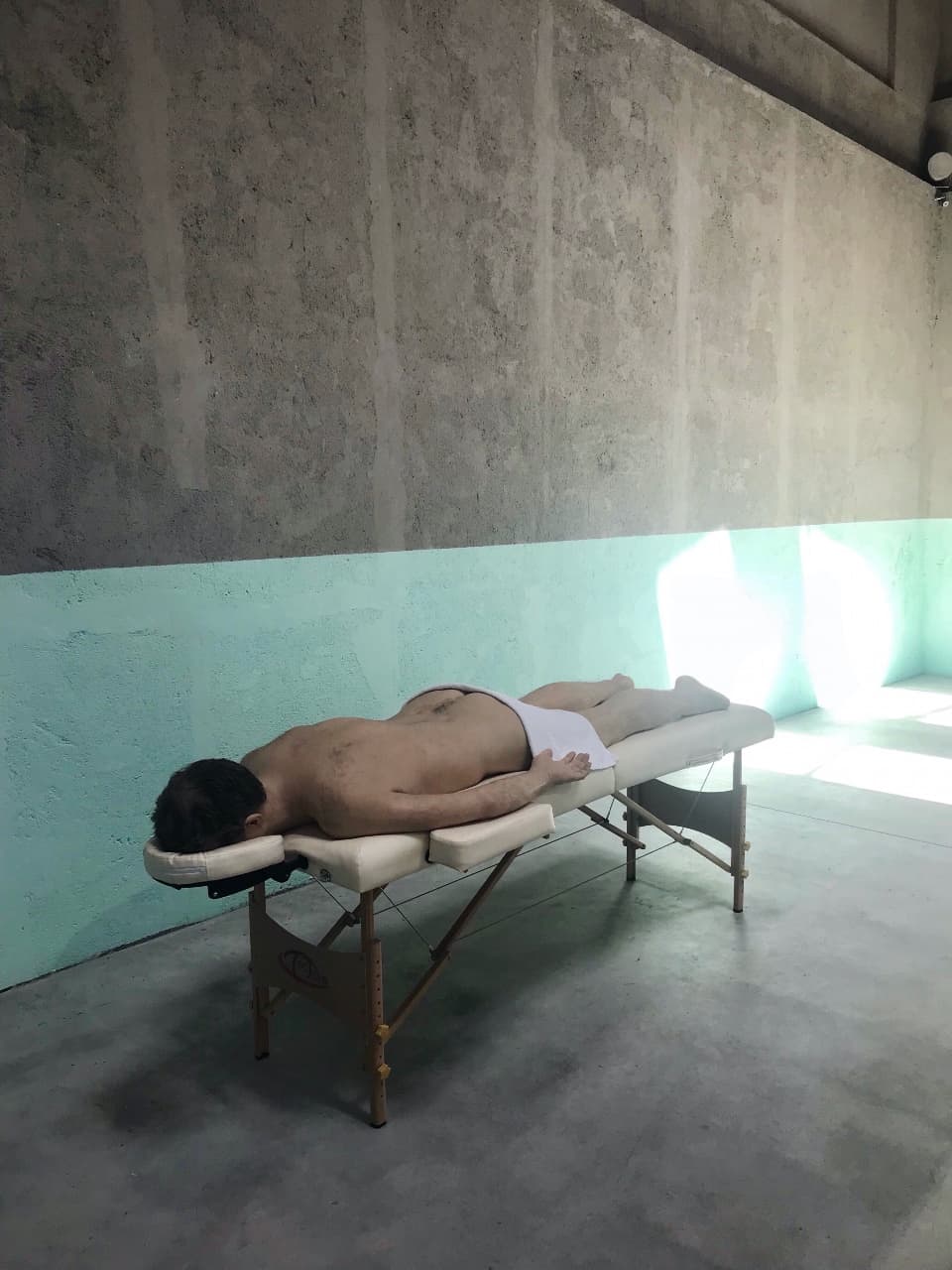
Yet, the gyms and spa facilities remain one of those places that still require physical presence. But for how long? The abandoned swimming pool suggested that things might radically change in the future.
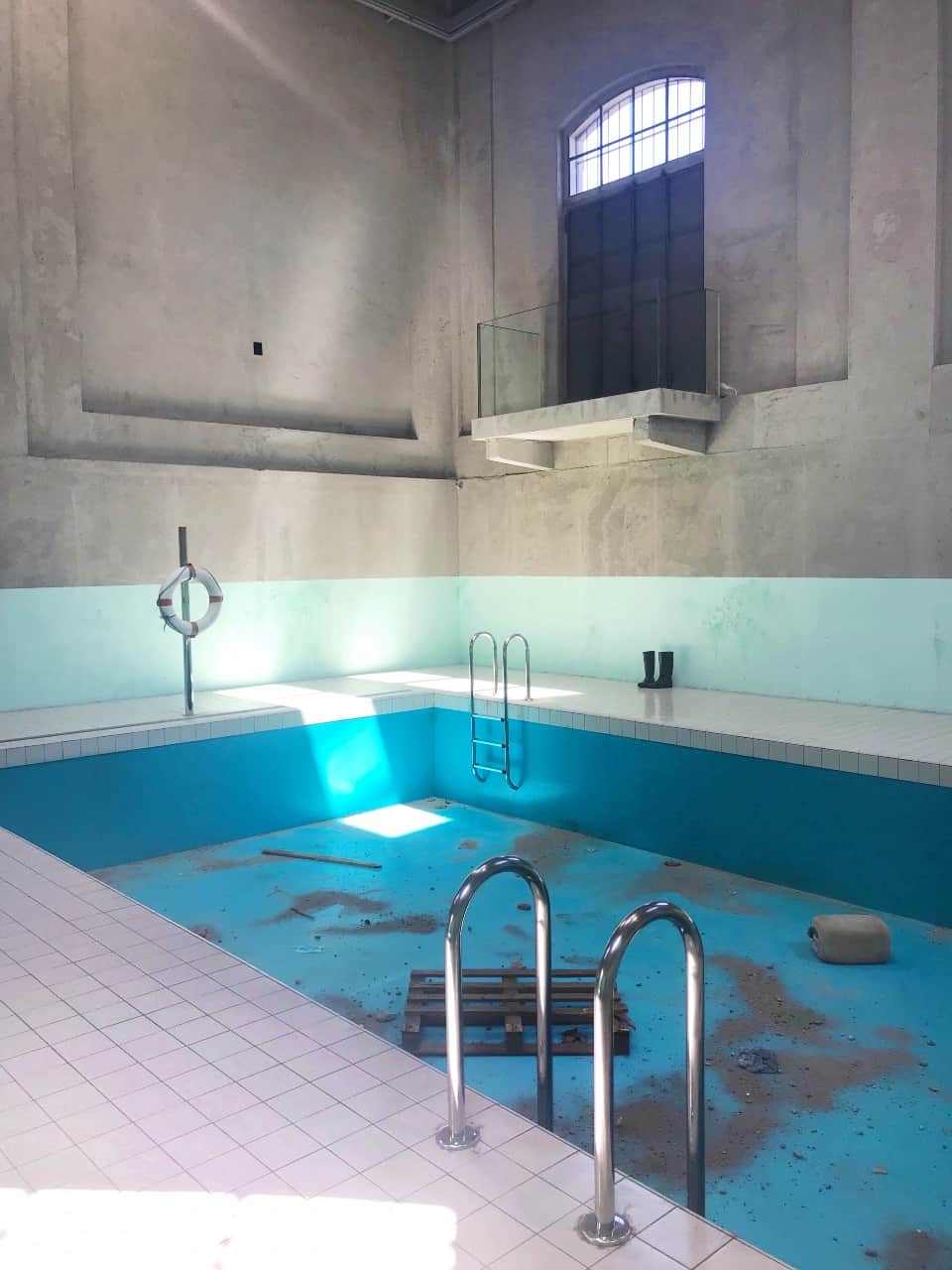
‘Useless Bodies?’: what I think was missing from the exhibition?
‘Useless Bodies?’ highlighted various threads linked to the current status of the body. One thing that I felt was missing from the exhibition is also related to “perfect” bodies, in this case female bodies. Digital images of women’s bodies on social media have reshaped our perception of beauty canons that now allow much greater manipulation than ever before. Filters, lip fillers, hair extensions and plastic surgery have become the new “normal”.
Overly curated and sexualised images of the body cater for the male gaze. They also attract vanity metrics: followers, likes and comments. They challenge and distort the idea of real life sensuality, and just like many other products in the capitalist economy, the digital body of a social media influencer has become a tool for monetising on exhibitionism. It’s a vast topic, perhaps Elmgreen & Dragset have consciously decided to leave it out. Or maybe they wanted visitors to come up with their own ideas pointing in different directions?
Overall, ‘Useless Bodies?’ posed many questions, some of them unanswered, about the place of the physical body in our world. It confronted me with grim scenarios that we should avoid at all cost if we want to protect our humanity.







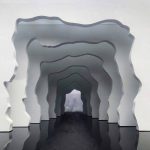

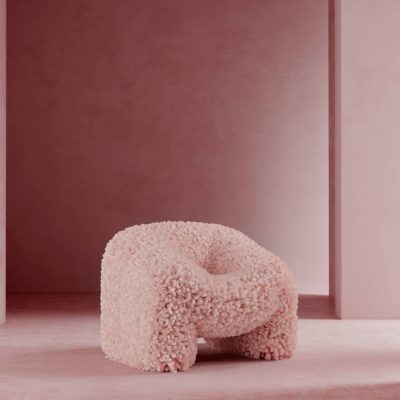

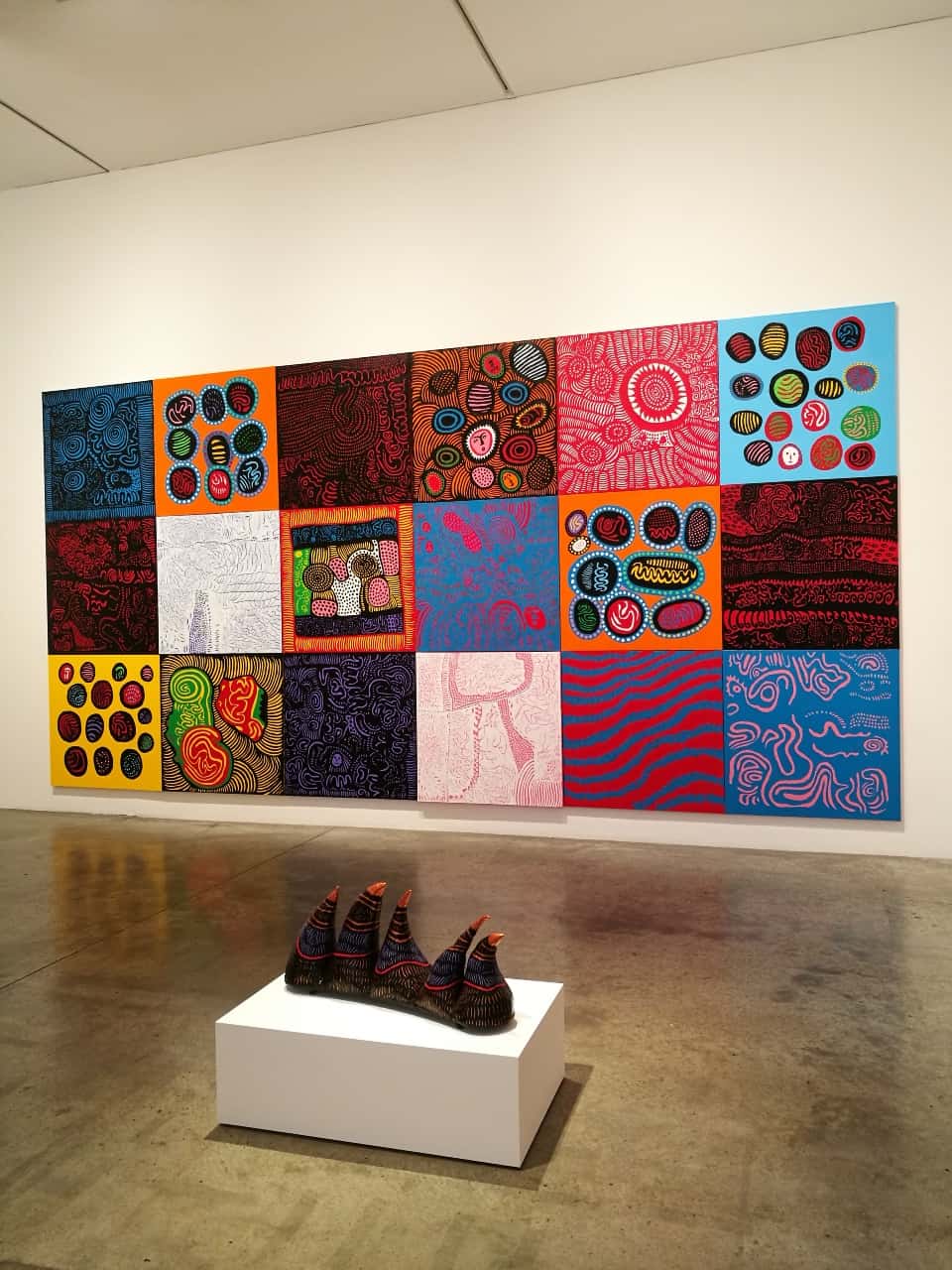
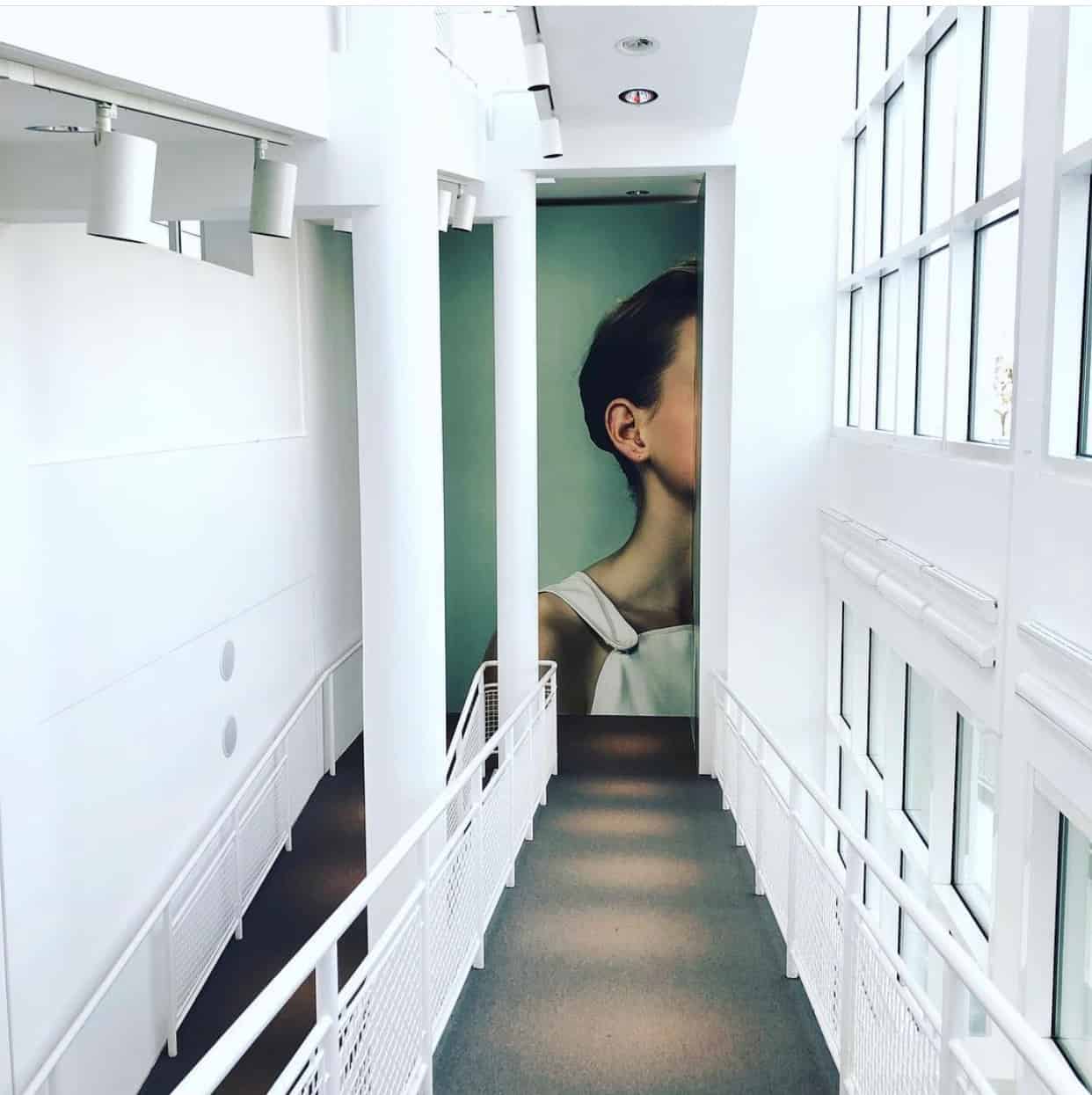
[…] ‘Useless Bodies?’ by Elmgreen & Dragset […]